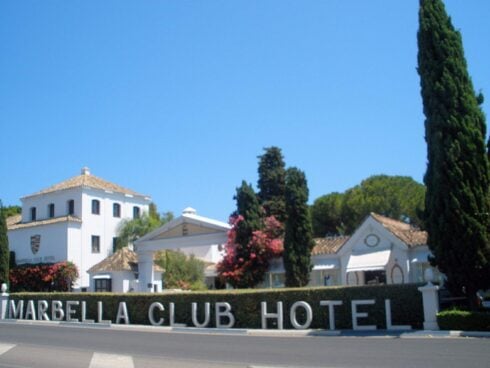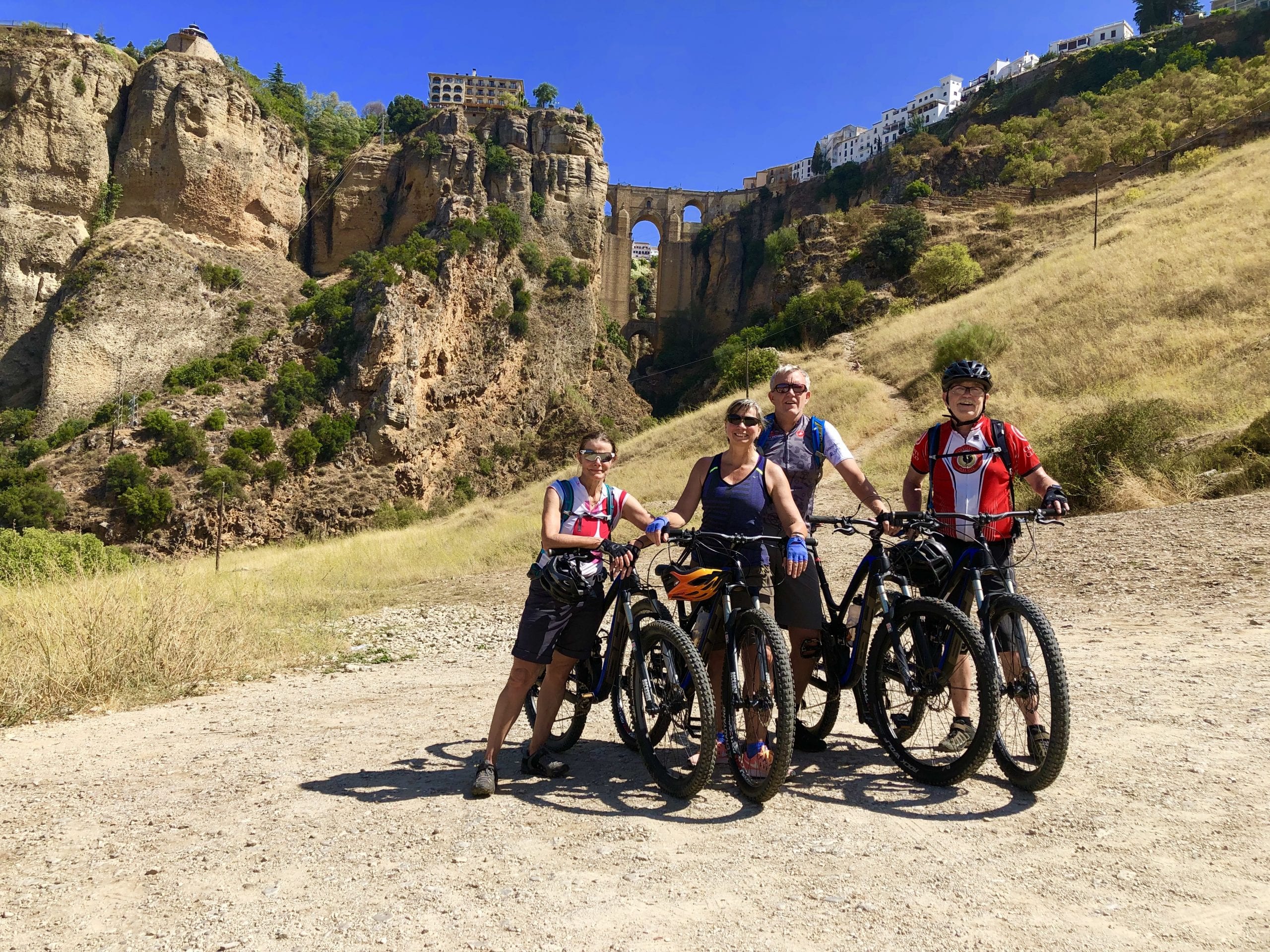
YOU don’t have to be writing the next award-winning novel or screenplay to appreciate Ronda, but it helps.
Artists from Ernest Hemingway to Orson Wells – both commemorated with busts in the town – have made pilgrimages to Ronda for centuries in search of artistic inspiration. And it’s easy to see why from the moment you begin your journey here in the south east – just outside the town’s walls.
For this is the only place you should begin your trip to Ronda. To really understand this historic medina, you have to first leave it and start again outside the town’s walls.
From this vantage point, Ronda – dripping with history – perches monumentally above the olive and auburn countryside it overlooks. And through winding dirt tracks by ramshackle farms tended by shepherds with crooks in the shadows of the fortress and up stone steps towards the town, you catch a glimpse of the mythic beauty that transfixed so many artistic geniuses.
So stunning is Ronda’s puente nuevo, bridging the canyon the town is built over, that Germany’s most famous poet, Rainer Maria Rike, credited his stay at the nearby Reina Victoria hotel overlooking the ravine with curing his writer’s block.
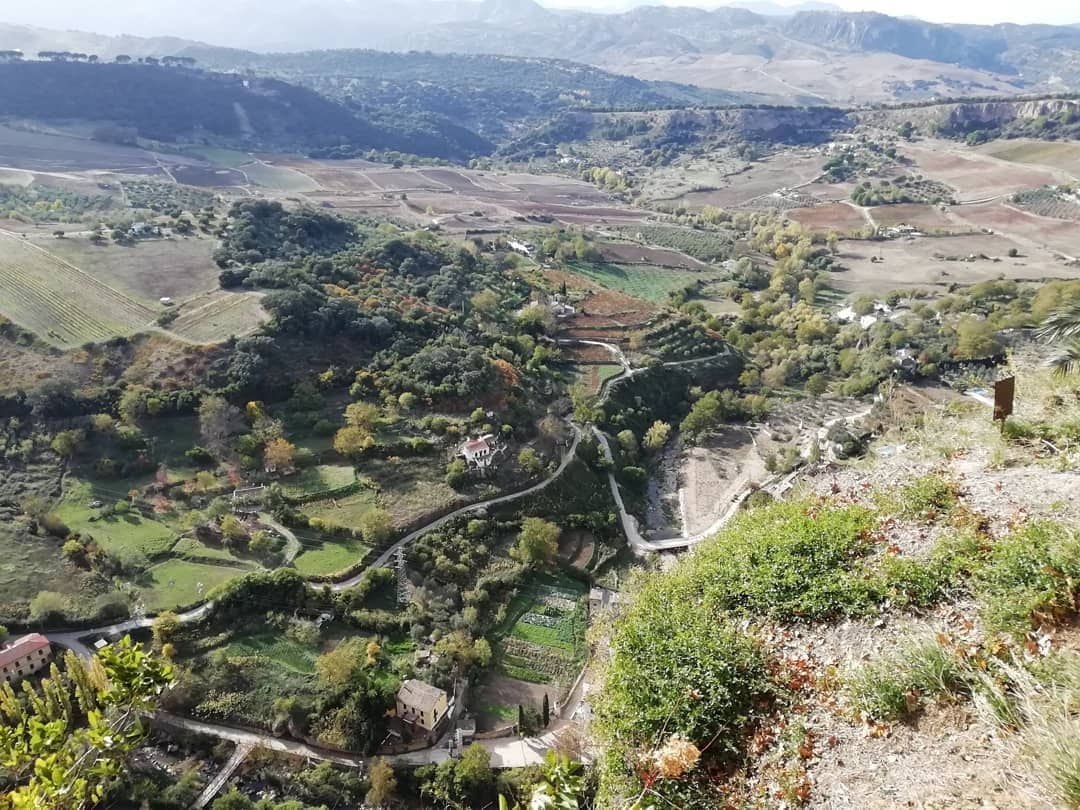
Around almost every corner is tucked a stunning church, immaculately preserved historical ruins or a viewing point over postcard landscapes.
If entering the town the proper way from the south, a stop-off at the Arab Baths is almost obligatory.
Indeed passing through the exceptionally well-preserved 13th century hammam was mandatory for visitors to the Muslim medina when the town was a stronghold of the Emirate or Kingdom of Granada.
It was one of the last places to fall to Catholic rule, indeed just seven years before the fall of Granada. After the conquest, its remote location beside the Sierra de las Nieves and Sierra de Grazalema made it a refuge for Muslims fleeing persecution during the Spanish Inquisition.
Reminders of Ronda’s Moorish past are always lurking just a few inches below the surface of its Christian landmarks. The sublime blend of European gothic, renaissance and baroque styles that converge in the Church of Santa Maria unravel on the site of a former mosque.
From the church rooftop, you can gain unparalleled views across town towards the nearby mountains, which are often snow capped in the heart of winter.

But its appeal is not limited to imposing artefacts of bygone religious struggles. It is also home to the oldest and largest bullring in Spain. Well, not quite.
While Ronda’s Plaza de Toros seats a modest 5,000, its rueda (the sand pitch where the spectacle takes place) unfurls over 66 metres, making it larger than Madrid’s bullring. And while a few other bullrings predate Ronda’s, none prior to its completion were constructed entirely from stone.
The onsite museum is a must-visit, housing a colourful collection of bullfighting costumes through the centuries. You can also find a unique etching of Francisco Goya’s La Tauromaquia at the aptly named Museo Taurino, making it an unmissable stop-off for art fanatics.
With so many sights to see and with so much to take in, you’re probably feeling a bit peckish. Arriving on a bitterly cold Sunday morning, I picked up churros con chocolate in Plaza del Socorro for the price of a cappuccino back in the UK, which kept me satisfied well into the afternoon.
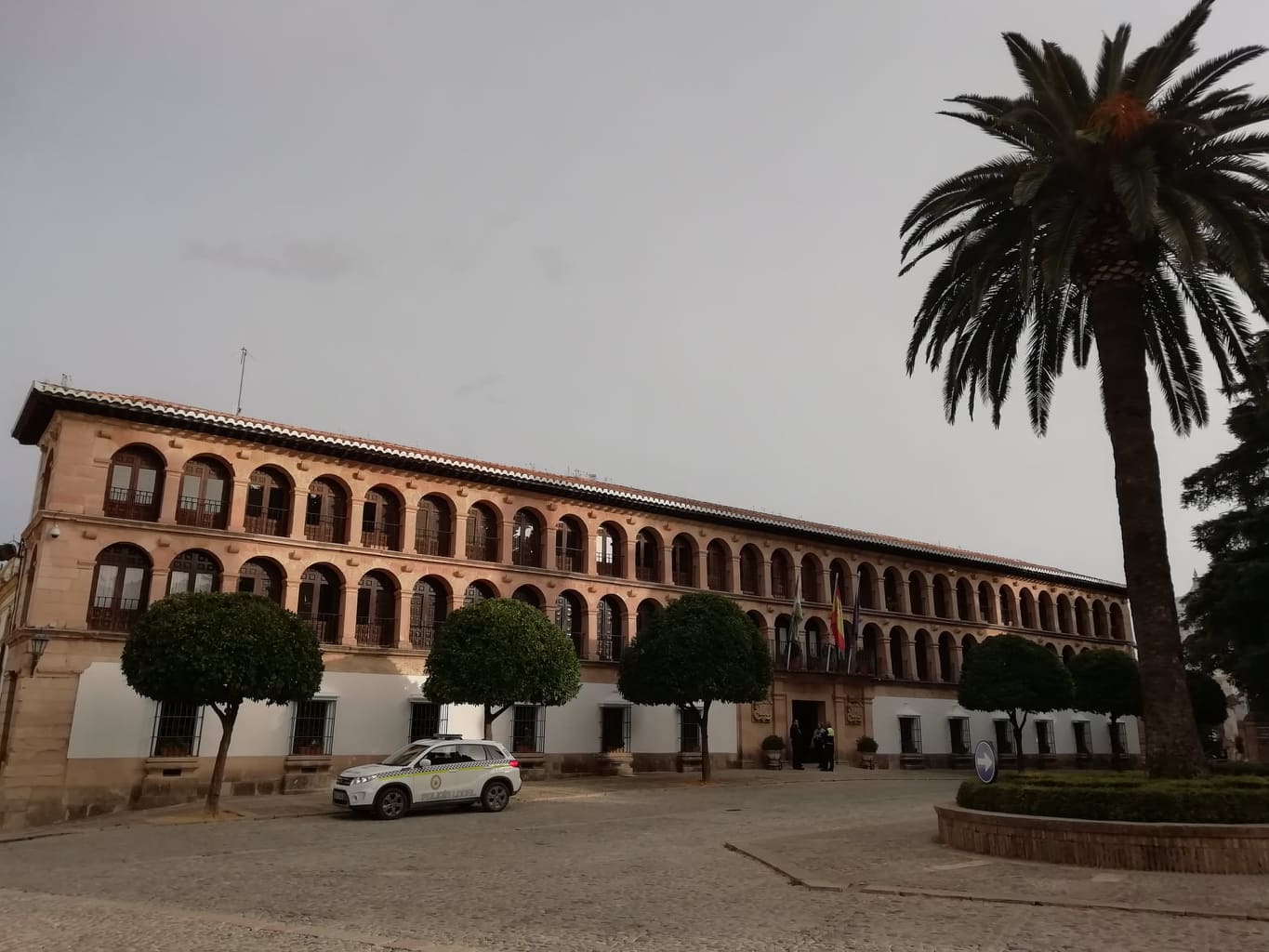
The streets around the square are bursting with cafes and artisan shops and well worth checking out. However, if you’re visiting on a weekend it pays to be an early bird as as the high street, Carrera Espinel, tends to get clogged with large groups of gawking tourists, come lunchtime.
When you’ve had your fill of culture, Ronda is rife with tapas bars, both hipster and traditional, where you can stuff yourself with as much cured ham, olives and seafood as you desire. However, sprinkled in between these restaurants off the streets around Plaza Espana, is a rich selection of eateries catering to other national cuisines.
I tried out Il Forno A Legna on Calle Nueva, where I gorged solo on the Tagliere salumi e formaggi sharing platter, given a Spanish twist with jamon serrano and salchichon and washed down by a sharp glass of vino tinto – divine!
If you’re passing the night in Ronda, come day two you’ll be looking to work off some of the calories from all the wine, meat and cheese you’ve scoffed.
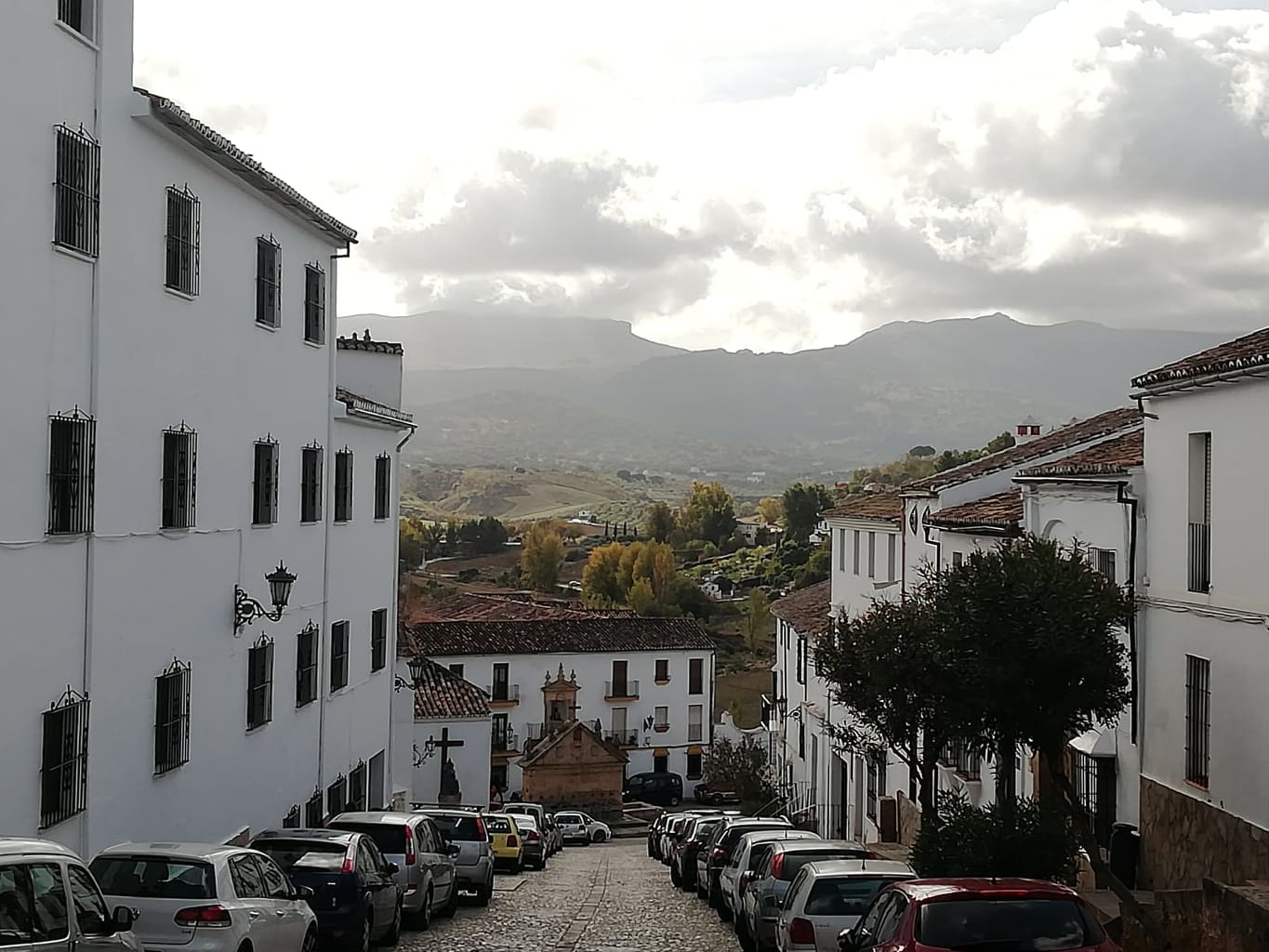
One of the best walks around the town begins just outside the imposing Almocabar gate on the southern side of the medina. Take a right onto Calle Prado Neuvo and soon you’ll find yourself in the celebrated 1500m wide Hoya del Tajo, with its network of vineyards, olive trees and fincas, many with old olive mills.
The path was originally constructed in the mid 20th century to provide access to a hydroelectric power station in the Tajo gorge. Today it offers stunning views of the colossal sandstone and limestone plateau Ronda sits upon, and the other less-photographed side of Puente Nuevo.
And no one should leave Ronda without taking a walk up (or down) the Jardines de Cuenca. Also known as the Rose Gardens, 25 metres separates the lowest and highest terrace of these ornamental hanging gardens which run above the Tajo de Ronda, offering stunning views towards the Sierra de las Nieves in the east.
And with that you’ve probably given Ronda every last breath. But of course, the secret is, you’re never finished with it. Around every cobbled alley there’s another architectural gem and, with every shift in the clouds, another subtle way of viewing Andalucia’s most wild and breathtaking of towns.
Click here to read more Travel News from The Olive Press.




